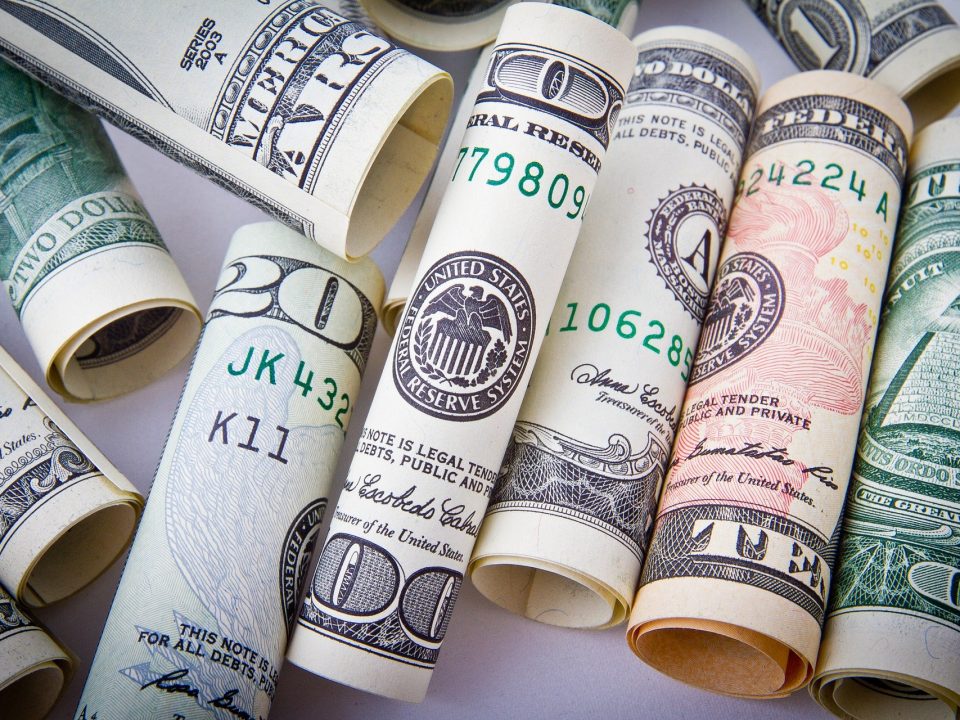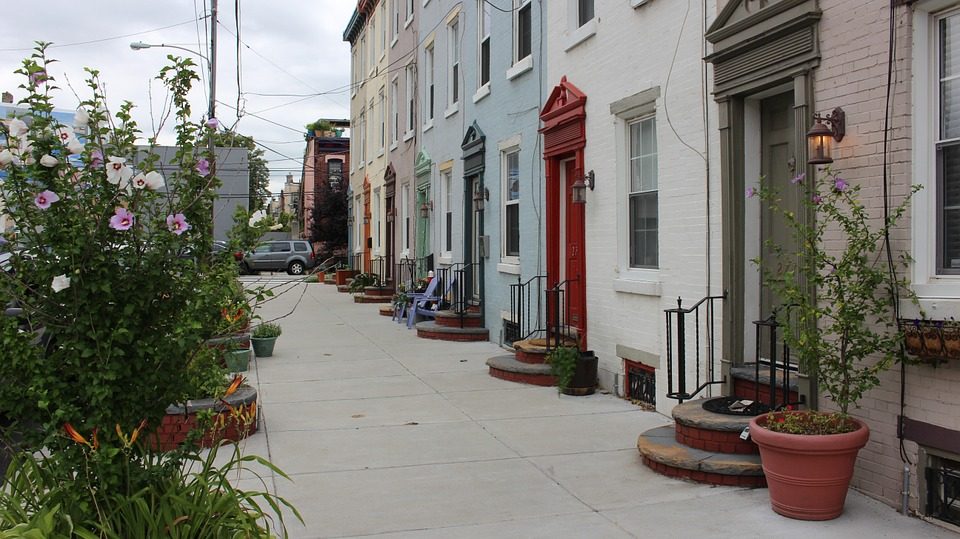Kevin Gillen Q4 Philadelphia Commentary
Philadelphia Real Estate – Kevin Gillen Q4 Commentary
ECONSULT CORPORATION
• 3600 Market St. • Sixth Floor • Philadelphia, PA 19104 • 215.382.1894 (1895/fax) • www.econsult.com
Philadelphia Housing Shows Further Signs of Stabilization in Q4
Prices hold steady, sales activity exhibits unusual increase.
January 20, 2010: The most recent home sales data indicate a solidifying of the local housing market’s condition after
several years of both declining sales and prices.
After two years of falling prices, prices held steady for the third consecutive quarter in 2009 Q4. The typical Philadelphia
home rose in value by 0.5% on a quality- and seasonally- adjusted basis this past fall, according to the latest analysis by
Econsult economist Kevin Gillen. From the housing market’s peak in 2006 to the recent trough of last winter, the average
Philadelphia home had fallen in value by a total of 10.5%. But with the market’s apparent stabilization in the latter part of
2009, the average Philadelphia home has recovered 3.5% of its lost value, thereby reducing its total loss to only 7% since the
bursting of the national housing bubble several years ago.
Price changes across the city’s neighborhoods were essentially flat, with slight increases in some neighborhoods being offset
by slight decreases in others. From lowest to highest, the average change in house prices by neighborhood were : University
City (-13.1%), South Philadelphia (-0.6%), Kensington/Frankford (-0.4%), North Philadelphia (-0.2%), Northwest
Philadelphia (+0.1%), Upper Northeast Philadelphia (+0.8%), Lower Northeast Philadelphia (+1.2%), West Philadelphia
(+1.5%) and Center City/Fairmount (+1.6%) .
One particularly bright—and unusual—piece of news came from the sales volume data. In Q4, 4,177 homes changed hands
in Philadelphia under arms-length conditions. This is the third consecutive quarter of increasing volume in home sales, up
from 4,005 in Q2 and up from the all-time low of 2,530 in Q1. While home sales volume is still running slightly below
average, the recent increase is notable because sales volume usually declines in the cold weather months, primarily due to
seasonal factors such as the weather and the holidays. This recent increase is likely attributable to expectations that the
federal homebuyer tax credit was going to expire in November, as had been originally planned before its last-minute
extension to April 2010. However, it may also indicate that buyers’ and sellers’ expectations about the local housing market
have become more optimistic—or just less pessimistic—in recent months.
Philadelphia’s housing market continues to significantly outperform other major U.S. cities during the current economic
downturn. According to Case-Shiller MacroMarkets’ composite house price index, house prices have fallen by an average of
30% in the ten largest U.S. cities since the bursting of the housing bubble, compared to only 7% in Philadelphia. Of the
twenty largest cities in the U.S., all but one (Dallas) have experienced more severe house price declines than Philadelphia.
And, according to the research firm IHS Global Insight, the typical Philadelphia home is now considered to be under-priced
by 3%.
In addition, foreclosure activity in the Philadelphia area also continues to be relatively low compared to other parts of the
country. According to the latest report from foreclosure watchdog RealtyTrac, Pennsylvania’s foreclosure rate was 0.82
percent, with one in 122 households being foreclosed upon in the past year. This is well below the national rate of 2.21
percent (one in 45 households), and far below the local foreclosure rate in states like California, Florida, Arizona and Illinois,
which collectively accounted for more than 50 percent of the national foreclosure total in 2009.
While the recent data have provided some positive news for homeowners in Philadelphia, there are still a number of
uncertainties over whether the market has truly stopped its decline. Although most analysts agree that the federal
government’s homebuyer tax credit has been a significant influence on the recent improvements in housing statistics, there is
still disagreement over whether the tax credit has truly halted housing’s freefall, or just provided a temporary delay. An
even greater uncertainty is over the amount of so-called “shadow inventory” that is out there. This is the number of homes
that are eventually headed to foreclosure, plus the number of homes that would-be sellers are withholding from the market
until conditions appear to have improved. Although actual housing inventories in Philadelphia have declined from their peak
of just over 12,000 units for sale to just over 10,000 units, this is still well above its average of 6,000 units. If the amount of
homes in the shadow inventory is meaningfully large, then when added to the actual inventory the effect could be significant
enough to induce a double-dip in the housing market’s cycle, with further declines in house prices before a true bottom is
reached
Whether the recent good news represents a true turnaround in the housing market, or just a temporary bottom, will likely
have to wait until Spring, after the expiration of the homebuyer’s tax credit and the passage of the usually slow winter
months.
Email for Kevin Gillen: [email protected]
To search Philadelphia Real Estate listings for condos, homes and apartments click here.
Blog post compliments of CenterCityTeam’s Philadelphia Real Estate Blog
Frank L. DeFazio, Esquire
Prudential Fox & Roach Realtors – Society Hill
530 Walnut Street, Suite 260
Philadelphia, PA 19106
215.521.1623 Direct
610.636.4364 Cellular
888.308.1148 Fax
[email protected]
www.CenterCityTeam.com



